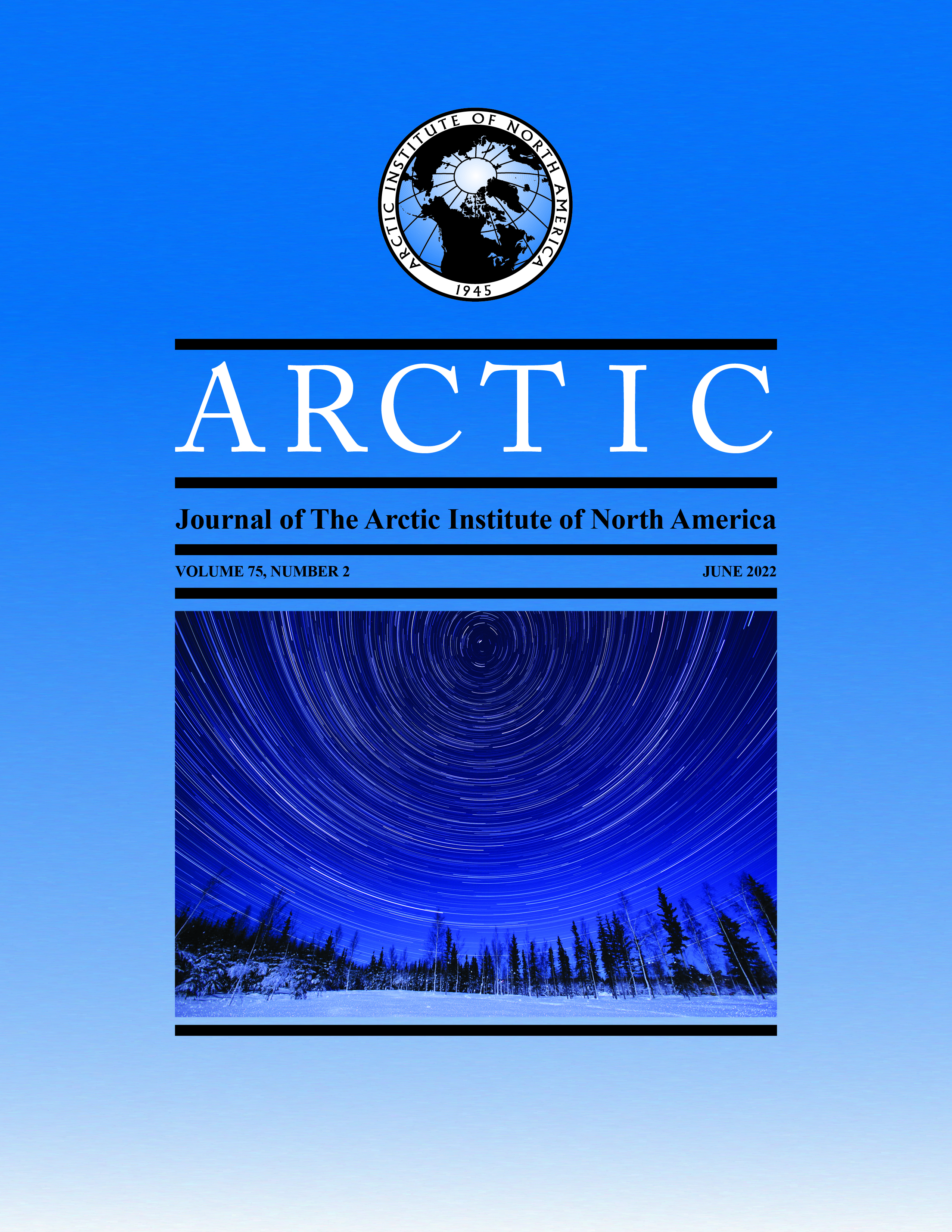Population Characteristics, Morphometry, and Growth of Harvested Gray Wolves and Coyotes in Alaska
DOI:
https://doi.org/10.14430/arctic75123Ключевые слова:
body size; Canis latrans; Canis lupus; coyote; demography; harvest; morphometry; wolf; von Bertalanffy growth curvesАннотация
Few concurrent studies exist of sympatric gray wolf (Canis lupus) and coyote (C. latrans) harvest at far northern latitudes. Moreover, no studies explicitly examine effects of concurrent harvest on phenotypes of wolves and coyotes. We documented changes in sex and age characteristics and morphology of gray wolves and coyotes harvested by hunters near Ptarmigan Lake, east-central Alaska, USA, between 1998 and 2001. We hypothesized that the harvest would result in larger, heavier canids, reduce densities, and increase young to adult ratios in both wolves and coyotes. We generated von Bertalanffy growth curves indicating that wolves and coyotes of both sexes increased in length or weight until 2 or 3 years old. No significant changes in either mean length or weight or length to weight ratios occurred during the 3-year study, except that coyote mean length was longer over the last winter of study. Catch-per-unit effort (CPUE) for wolves ranged from 0.061 to 0.112 killed/day and for coyotes from 0.552 to 0.11 killed/day over the study. CPUE indicated that coyotes but not wolves declined in abundance. Changes in male to female and young to adult ratios did not differ significantly for either canid. We posit that coyote populations were disproportionately affected by the conflation of the severe Arctic environment and sustained harvest. Our findings will be beneficial for managing sympatric canid populations and for understanding demographic responses to density-dependent processes in wolves and coyotes, especially at far northern latitudes.
Скачивания
Загрузки
Опубликован
Выпуск
Раздел
Лицензия
Copyright (c) 2022 ARCTIC

Это произведение доступно по лицензии Creative Commons «Attribution» («Атрибуция») 4.0 Всемирная.


